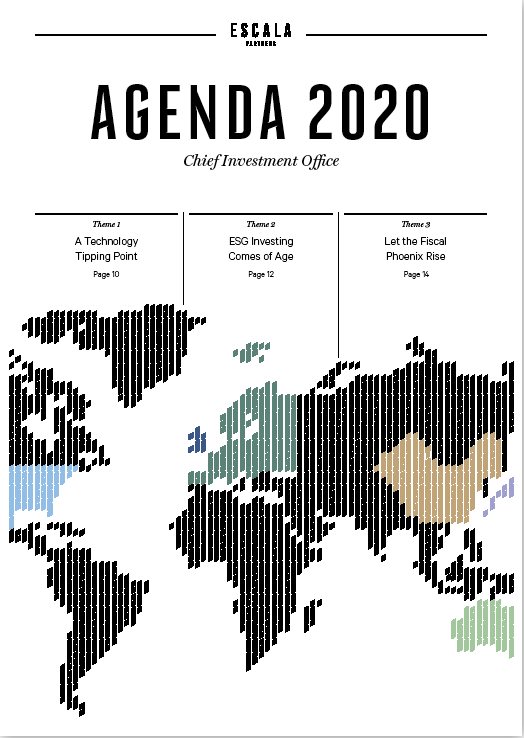-
Overview
Inequality of wealth within countries has grown in recent decades, particularly in advanced economies. The post-crisis policy response of injecting some $16 trillion of central bank sponsored liquidity into the financial system has not been the panacea policymakers hoped for.
The rise in asset prices and wealth the easy monetary policy created was unevenly spread giving rise to a new age of populism. As governments around the world are beginning to realise, populism depletes political capital making effective, productivity-enhancing policy making difficult.
The US has the highest level of inequality in the OECD measured by the share of wealth held by the top 10% of households.
We know this all too well in Australia with our seven Prime Ministers in eleven years. Strong majority governments are increasingly a thing of the past. In its place are coalitions, often of disparate groups of minor parties (see Germany’s first ever ‘Jamaica coalition’ between the Conservatives, the pro-business FDP, and the environmentalist Green Party). The 2016 Australian election saw the share to minor parties rise to a record 23%. This makes undertaking structural reform difficult.
Still, discontented voters are increasingly looking to governments to address the imbalances. Fiscal policy is likely to take centre stage in 2020 as monetary policy becomes increasingly less effective. The economic and inflation outlook remains weak and the cost of funding a budget deficit (through fiscal policy) in the developed world is nearly zero. Quantitative easing will stay in the toolkit (and may even be introduced in Australia) but faces challenges as demonstrated in Europe and Japan. Incredibly, the Bank of Japan now holds 43.9% of all outstanding Japanese government debt, up from just 8% in 2008. Despite this, its economy is still struggling to produce growth higher than 2%.
Wealth Share of Top 10 Percent (% GDP)

Source: OECD
In 2020, for the first time in history, across the world, the median age of a person will be older than 30.
-

United States
The US has enacted two substantial fiscal policy changes in the last 2 years. One was the lowering of the corporate tax rate from 35% to 21% in 2017, the other a $320 billion lift in the discretionary spending caps allowing the government to keep borrowing for two more years. The outlook for fiscal policy will be dictated by the 2020 election with marginal changes expected prior. A change to a Democratic president may see a wind back of the tax cuts.
-

Japan and China
China has increased fiscal stimulus since growth began to slow last year, although its size is well down on the stimulus packages offered in 2009, 2012 or 2016. Japan’s fiscal budget for 2020 is expected to be supplemented with a stimulus package worth 1.8% of GDP. Japan’s government debt is already at record levels of over ¥1,000 trillion (or one quadrillion). The government recently raised the national consumption tax in an effort to address its debt levels, but the ageing population and subsequent social security expenditures create a headwind in curbing the spend.
-

Europe
Implementation of fiscal policy in Europe is nuanced. Fiscal rules are constrained, and historical periods of stagflation create a concerned mindset about high debt levels. Further, Germany can afford larger deficits, while others like Italy can’t. Growing discontent is putting pressure on Germany to lead the way on fiscal spending considering inequality, weak growth, and public underinvestment and limited room on monetary policy. ECB President Christine Lagarde says fiscal policy is required “to respond to the threat of populism”. With mounting pressures, Euro area fiscal policy will likely be somewhat expansionary in 2020, with most coming from Germany, and some from France and Italy.
Now it’s high time I think for the fiscal policy to take charge.
— Mario Draghi, Former ECB President
Japan and EU are set to enjoy sizeable Fiscal Impulses in 2020 Change in Cyclically Adjusted Primary Balance (%GDP)

Source: Gavekal








